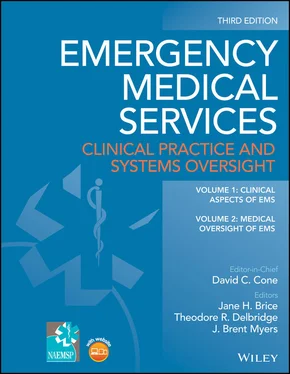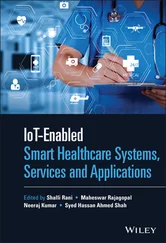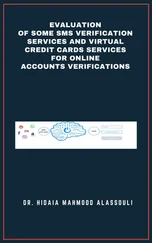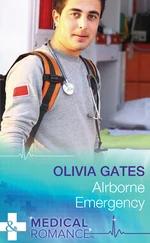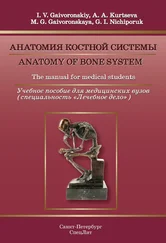Emergency Medical Services
Здесь есть возможность читать онлайн «Emergency Medical Services» — ознакомительный отрывок электронной книги совершенно бесплатно, а после прочтения отрывка купить полную версию. В некоторых случаях можно слушать аудио, скачать через торрент в формате fb2 и присутствует краткое содержание. Жанр: unrecognised, на английском языке. Описание произведения, (предисловие) а так же отзывы посетителей доступны на портале библиотеки ЛибКат.
- Название:Emergency Medical Services
- Автор:
- Жанр:
- Год:неизвестен
- ISBN:нет данных
- Рейтинг книги:5 / 5. Голосов: 1
-
Избранное:Добавить в избранное
- Отзывы:
-
Ваша оценка:
Emergency Medical Services: краткое содержание, описание и аннотация
Предлагаем к чтению аннотацию, описание, краткое содержание или предисловие (зависит от того, что написал сам автор книги «Emergency Medical Services»). Если вы не нашли необходимую информацию о книге — напишите в комментариях, мы постараемся отыскать её.
delivers a thorough foundation upon which to succeed as an EMS medical director and prepare for the NAEMSP National EMS Medical Directors Course and Practicum. Focusing on EMS in the ‘real world’, the book offers specific management tools that will be useful in the reader’s own local EMS system and provides contextual understanding of how EMS functions within the broader emergency care system at a state, local, and national level.
The two volumes offer the core knowledge trainees will need to successfully complete their training and begin their career as EMS physicians, regardless of the EMS systems in use in their areas. A companion website rounds out the book’s offerings with audio and video clips of EMS best practice in action. Readers will also benefit from the inclusion of:
A thorough introduction to the history of EMS An exploration of EMS airway management, including procedures and challenges, as well as how to manage ventilation, oxygenation, and breathing in patients, including cases of respiratory distress Practical discussions of medical problems, including the challenges posed by the undifferentiated patient, altered mental status, cardiac arrest and dysrhythmias, seizures, stroke, and allergic reactions An examination of EMS systems, structure, and leadership
